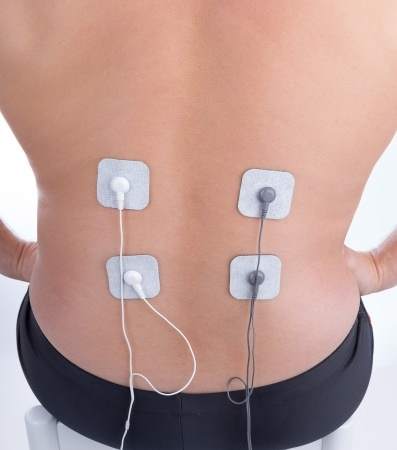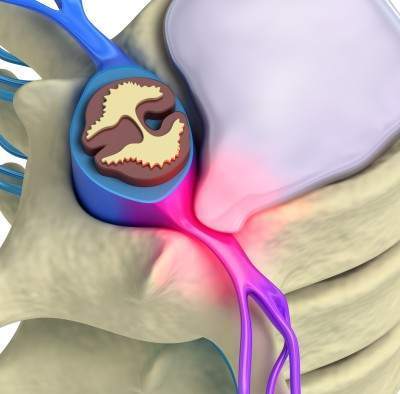Break the Chronic Pain Cycle: How Your Thoughts Influence Healing

Chronic Pain: How Your Mindset Impacts Lower Back Pain Recovery
Do you tiptoe around life in fear of triggering your lower back pain, or power through despite the discomfort? The surprising truth is that your beliefs about pain play a pivotal role in either overcoming or fueling a chronic pain cycle.
Your Brain Matters More Than You Think
Lower back pain has a unique connection to your mindset. While exercises and treatments like chiropractic care are vital, overcoming your perception of pain is a hidden key to healing.
Fear-Avoidance Beliefs (FAB): The Enemy of Recovery
Chronic pain can lead to a pattern of restricting movements for fear of further damage. These Fear-Avoidance Beliefs stem from emotions or inaccurate information, and they can:
- Worsen pain
- Extend recovery time
- Turn acute pain into a chronic condition
- Increase disability
Understanding Your Avoidance Type
- Misinformed Avoider: You incorrectly believe you’re fragile and easily re-injured. Education and reassurance from a trusted healthcare provider can counter this belief.
- Learned Avoider: You avoid pain triggers with minimal fear. Your chronic pain risk is lower unless there’s significant structural damage.
- Affective Avoider: Overwhelming anxiety about movement dominates. You often believe you are severely disabled. Treatment needs to address both your physical and psychological state.
The Mindset Trap: How Fear Perpetuates Chronic Pain
Excessive, chronic pain-related fear can sabotage even the best treatments. If you view yourself as permanently fragile, minor incidents feel like major setbacks. Counseling can help reframe destructive mental patterns.

Beware: Fearmongering in Your Treatment Plan
It’s important to be aware that the beliefs of your chiropractor or health professional also play a role. Ask yourself:
- Impact is Key: Is your provider explaining how the condition might impact your daily life? The more impact, the longer recovery may take.
- The Problem’s History: How long have you had it? Chronic issues require more time to address.
- Age & Overall Health: Younger bodies mend faster. Pre-existing conditions make healing processes more complex.
- Feeling Sold on Services: Do you sense fear-based persuasion in treatment plans? Trust your gut. Excessive, long-term treatment is sometimes a warning sign.
Take Charge!
A great health practitioner empowers you with information to reduce fears, not instill them. Seek second opinions if there’s any doubt. Short treatment periods are typically ideal – a month for most issues, with two months reserved for complex cases.
Tell us what you think in the comments below and like us on Facebook. I will answer all questions in the comments section here at this downtown Toronto Chiropractic clinic.
References
1. Rainville J, Smeets RJEM, Bendix T et al.Fear-avoidance beliefs & pain avoidance in low back pain – translating research into clinical practice, March 2012
2. Fritz JM, George SZ, Delitto A. The role of fear-avoidance beliefs in acute low back pain: relationships with current and future disability and work status. Pain 2001; 94(1): 7-15.
3. Jensen JN, Albertsen K, Borg V, Nabe-Nielsen K. The predictive effect of fear-avoidance beliefs on lowback pain among newly qualified health care workers with and without previous low back pain: a prospective cohort study. BMC Musculoskeletal Disorders 2009; 10: 117.
4. Coudeyre E, Tubach F, Rannou F, BaronG et al. Fear-avoidance beliefs about back pain in patients with acute LBP. Clin J Pain 2007; 23(8): 720-5.
5. Vlaeyen JWS, Linton SJ (2000) Fear-avoidance and its consequences in chronic musculoskeletal pain: a state of the art. Pain 2000; 85(3): 317-332.









This is one of the greatest articles on the fear of relapsing that I have ever come across. Kudos to you Ken. You hit the nail on the head for me at least. I am a classic avoider for the last 3 months since having herniated L4/L5 and other subluxations. You were also correct on the hard sell and 80 visits and getting nowhere. Today, I changed my hard sell Chiropractor and went to the one who minimized my fear, asked me to get my butt back to work and also told me that I am going to do great. I felt a reliief running down my spine since I have been out for 6 weeks from work.
Thank you and for the others including myself. Print this and stick to your wall so that you can read this every single day
You’re the best Ken!!!! Sara
I have got a slipped disc. Still waiting for consultant appointment. I very muscle spasm and pains on my leg I m taking painkillers. Should I b doing exercise any exercise now to reduce pain.